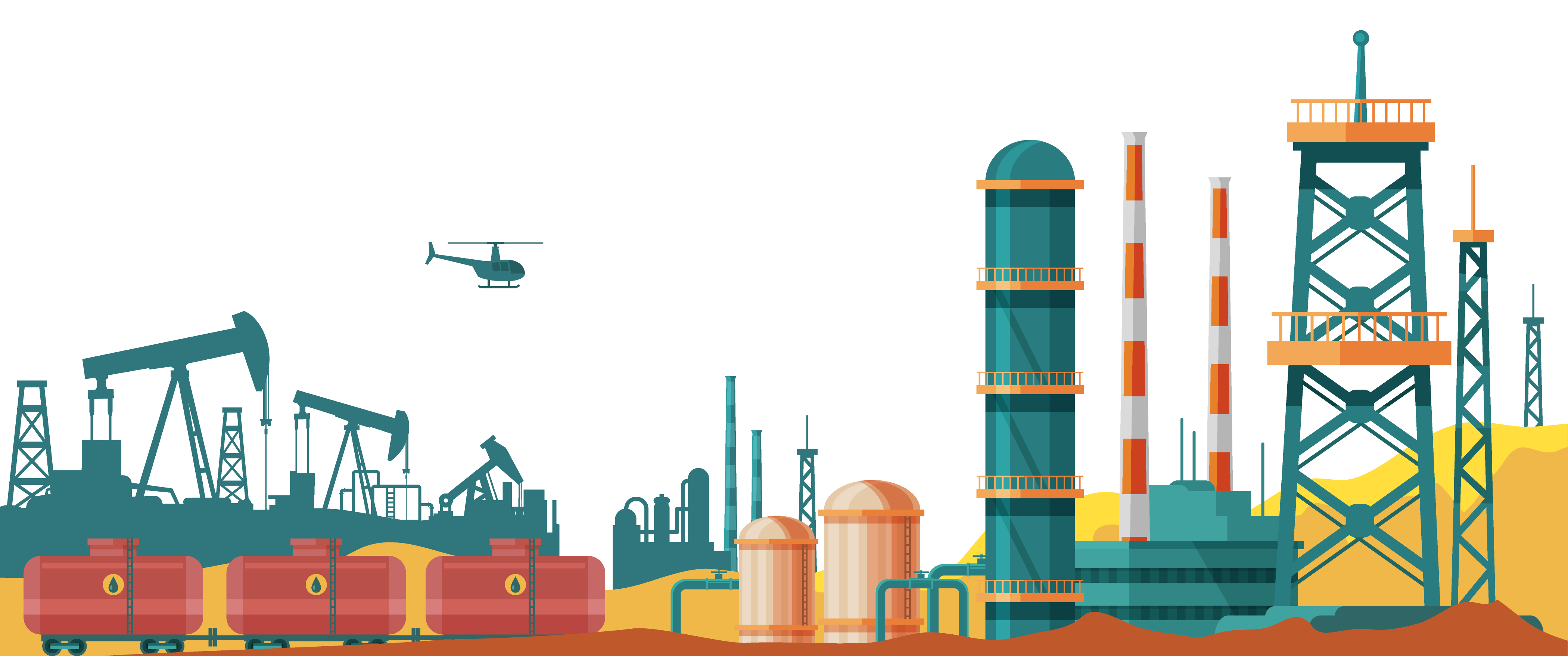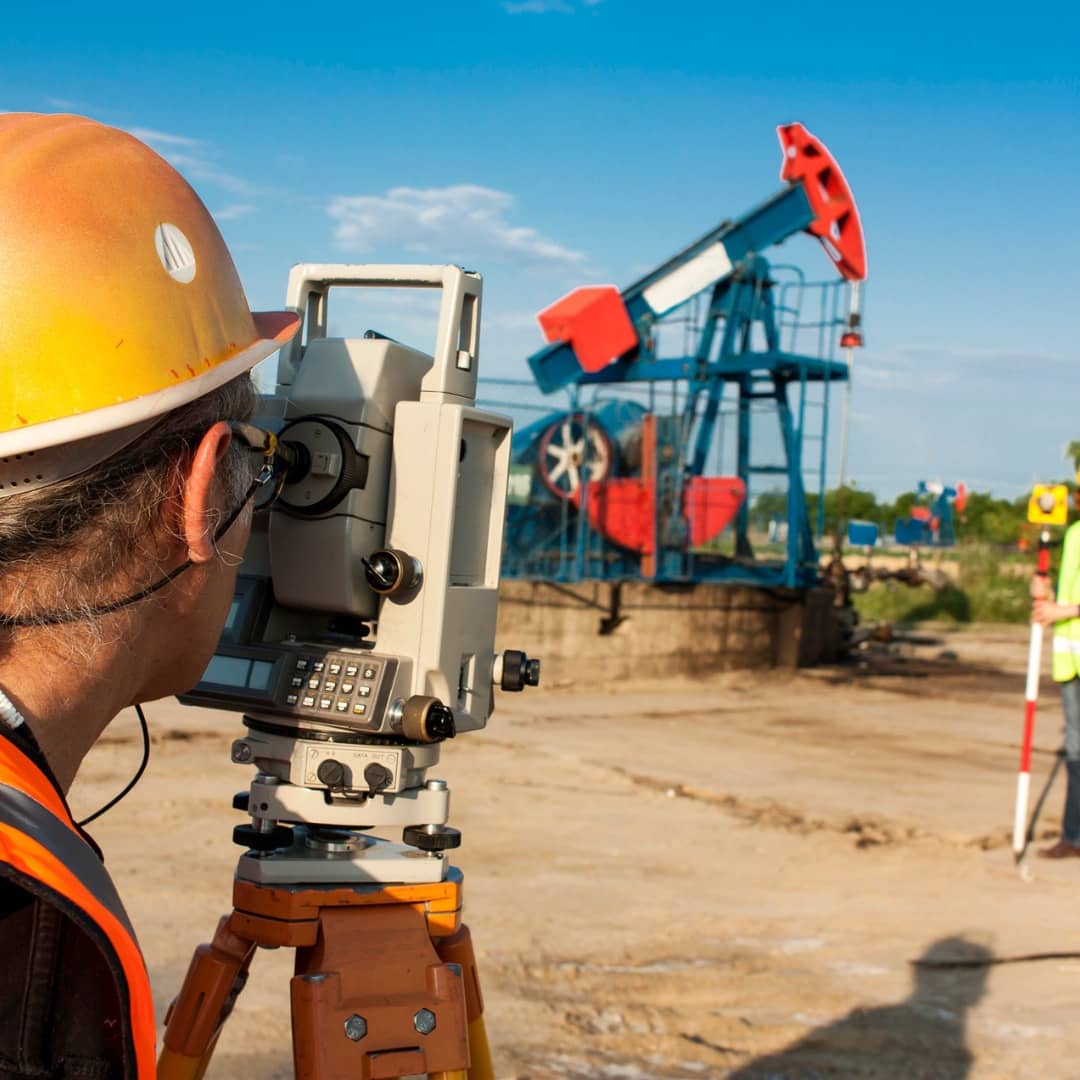The Role of Pipelines in the Oil & Gas Industry
Oil and natural gas account for approximately 56% of all energy in the world, with America being the largest producer and consumer. In order to remain prosperous, it is important we continue investing in and developing this industry, as it is a crucial part of human consumption in our country and the safest, most reliable way to transport energy.
Pipelines are Crucial for Moving Petroleum
More than 190,000 miles of liquid petroleum pipelines traverse the United States, operating 24 hours a day, seven days a week. They are constantly working to move crude oil from oil fields both on land and offshore to refineries and chemical plants, where it is turned into fuels and other products, ultimately delivering to consumers and businesses. Although the development of new pipelines is challenged daily, they are safe, efficient, and usually buried unseen.
Pipelines are the Safest, Most Reliable Way to Transport Energy
Data from the US Department of Transportation shows that pipelines are the safest mode of energy transportation, with accidents being very rare. Furthermore, the pipeline industry has made a number of commitments to move toward its goal of zero incidents through the use of new technologies, such as the implementation of integrity management programs. These strategies include using in-line inspection tools, or “smart pigs,” to determine the condition of the pipeline – such as corrosion, cracking, or other defects in the pipe wall – and plan preventative maintenance.

In the U.S., 100% of our natural gas is moved by pipeline.
%
of gas & crude oil is moved safely through interstate transmission pipelines.

That means pipelines make up less than one one-hundredth of one percent (0.01%) of all transportation accidents in the U.S.
What Keeps Them Safe?
The U.S. Department of Transportation requires pipelines to be built according to specific designs and construction procedures. Once construction is complete, operators frequently monitor lines from the air and on foot, follow maintenance procedures, then communicate information with those living and working near their lines. They also monitor pipeline pressure and volume 24 hours a day, every day, test samples of the products they transport, prepare and practice emergency response protocols, and keep rights-of-way free of plants or structures that could impact the line, among other procedures.

Investing in an Environmentally Friendly Way of Life
Oil and natural gas are critical to our way of life and the U.S. economy. In the 2022 report, the International Energy Agency’s Stated Policies Scenario estimates that the total energy demand will increase by 21% by the year 2040 and 28% by 2050. With the demand for oil continuing to grow, continued investment and development of this natural resource is essential to the continued development of our nation, especially when it is done in an environmentally friendly way.
This is especially true in Kansas, as the 11th leading oil-producing state in the U.S. The majority of petroleum producers live right here in the Sunflower State, so they are committed to making sure their efforts don’t jeopardize the environment where they live. If we care about the environment, then we should work together to continue to produce that resource here in our great state!

Kansas Strong
100 S. Main
Suite 120
Wichita, Kansas 67202
P: 316-771-7167
